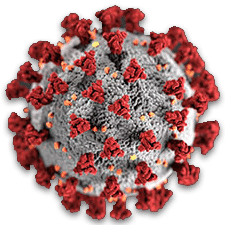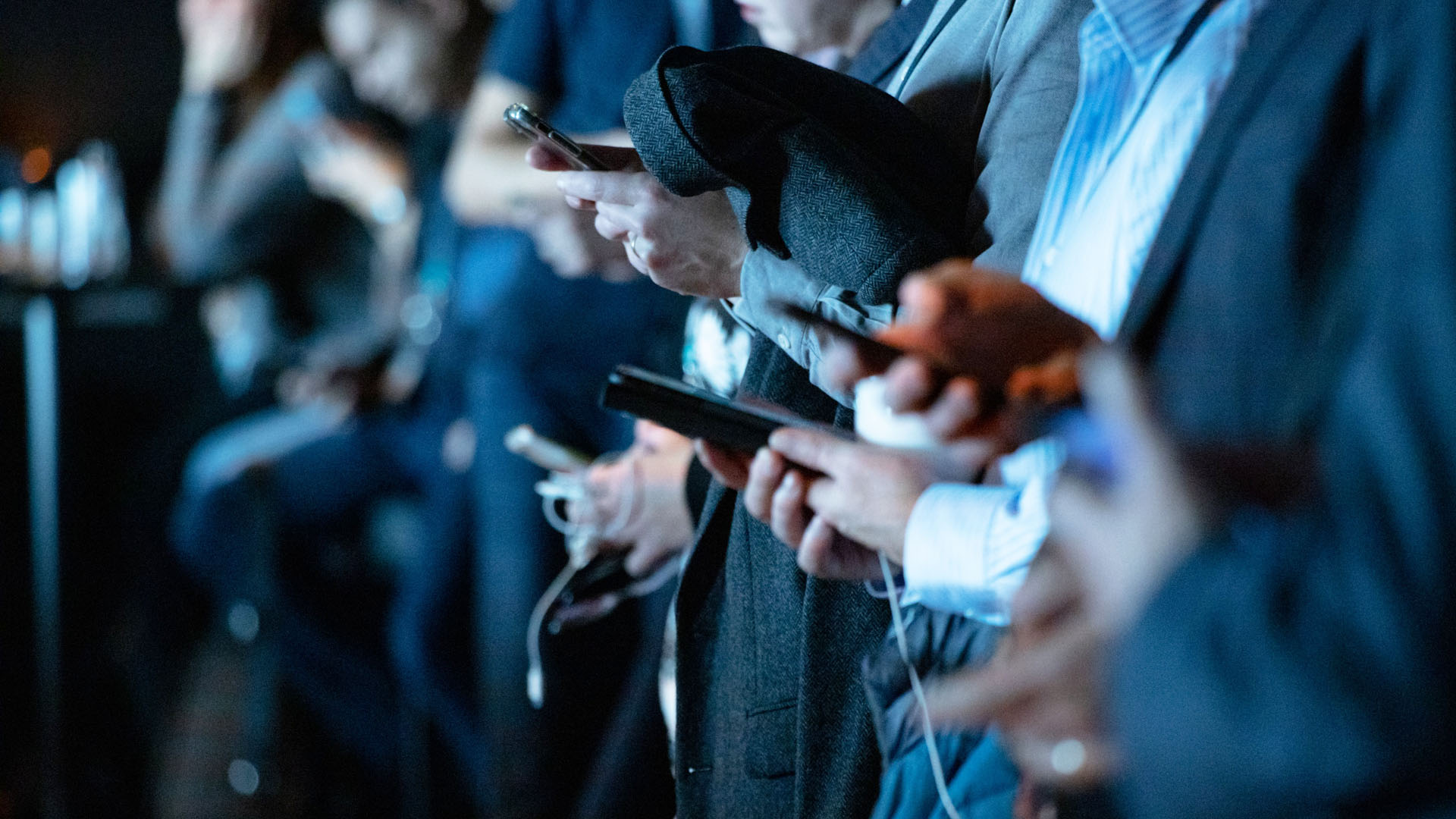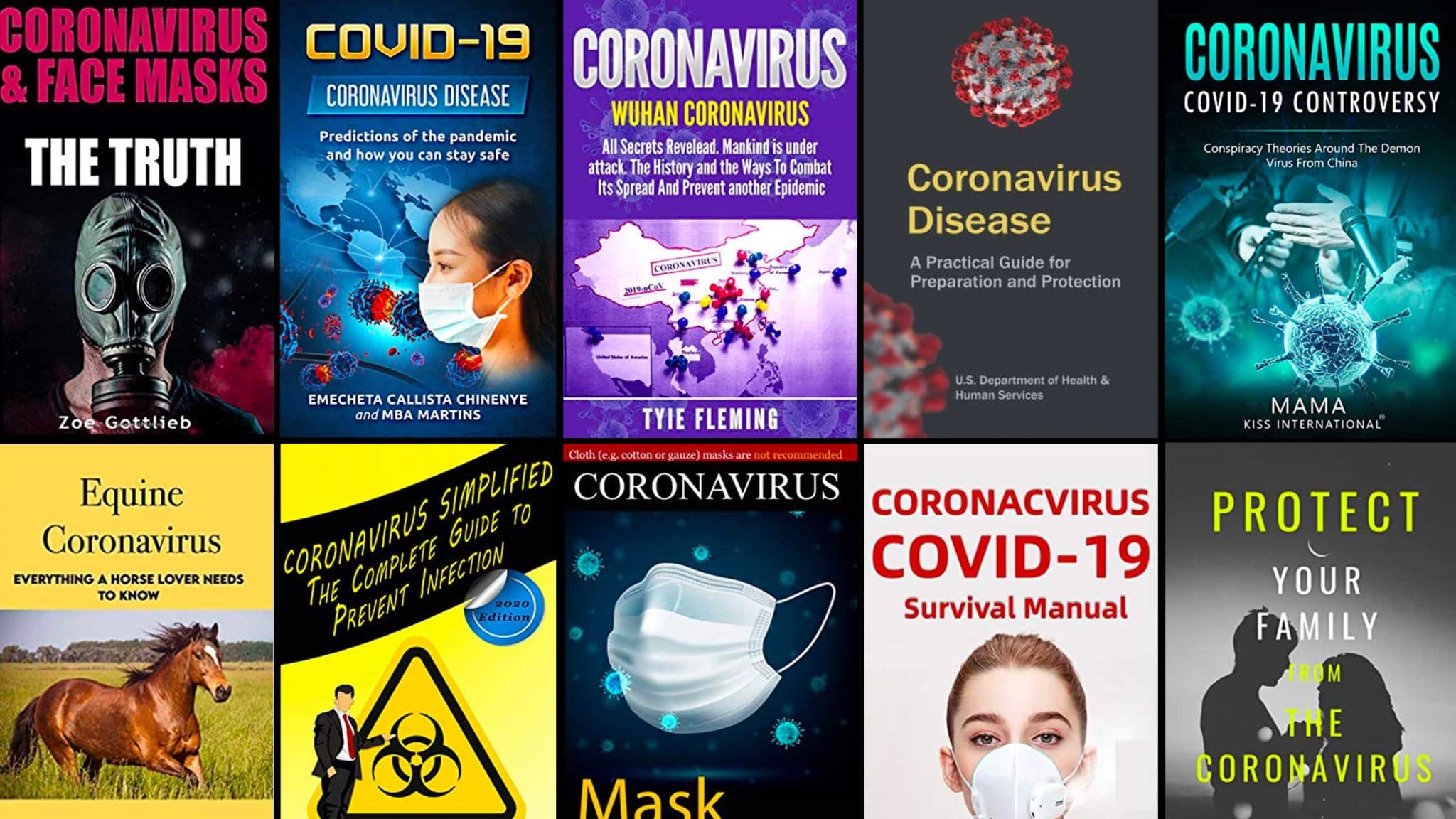With Outbreaks Come Misinformation. Covid-19 Is No Exception.
As the novel coronavirus, SARS-CoV-2, continues to spread around the world, many have taken to social media with false medical advice for combating the infection. In a Facebook post that as of February 27 had 24,000 shares, a page described a sham breathing technique from “Taiwanese experts” to self-diagnose Covid-19, the disease caused by the virus. Another version of the post contained a slew of misinformation, including that drinking water could abate the infection by washing it down into the stomach. The misinformation has been shared by seemingly credible sources, too — including CVS Health. Last week, the company’s chief medical officer sent an email to its 300,000 employees apparently parroting information found in the viral social media post. “Drinking warm water is an effective way to wash the virus into your stomach, where it is killed,” the email stated.
Since the first known Covid-19 case in China last November, the virus has spread rapidly across the globe and has now infected an estimated 332,900 people and killed more than 14,500. On March 11, the World Health Organization (WHO) officially labeled it a pandemic.
In Covid-19’s wake, uncertainty about the emerging outbreak has propagated mis- and disinformation across the internet. Early in March, President Donald J. Trump made headlines after contradicting — without evidence — the death rate compiled by the WHO in an interview with Fox News’ Sean Hannity, claiming the rate was lower based on his own “hunch” — a claim that later made the rounds on Twitter. Dubious books about the virus have cropped up on Amazon and Barnes and Noble. And sham coronavirus-killing products have prompted warnings from U.S. regulatory agencies.
The tactics are nothing new. Politicians have long been motivated to bend current events to fit their worldview, said Hal Roberts, a fellow at the Berkman Klein Center for Internet & Society at Harvard University. And swindlers, he added, profit from money-making health schemes that have been long integral to media and advertising. For people who may feel maligned by medicine and public health systems today, Roberts said, mistrust of health experts might lead them to sham advice they view as more aligned with their values.
The bad information likely won’t stop now. “There’s no taking social media out of people’s lives,” said Lee Ahern, an expert in science communication at Penn State. For public health, the muddling of good and misleading advice online might be bad news. When people see inaccurate health posts on social media, Ahern added, “a day later, they will completely forget the source, but they’ll remember the general gist of the information.”
But even as social media users slog through posts about the outbreak, to historians and public health researchers, the spread of Covid-19 misinformation is not unexpected. Past outbreaks, they say, have seen rumor and panic proliferate, from lies and revolts during the 19th century cholera outbreak in Europe to information suppression during the 1918 influenza pandemic during World War I.
“There is always this period of uncertainty,” said Graham Mooney, an associate professor of the history of medicine at Johns Hopkins University. “So it’s crucial that any information given to the public is evidence based.”
Around 1830, a cholera pandemic broke out across Europe. The infection crossed the continent — from the Baltic to Britain — and by 1832 had skirted around strict U.S. port quarantines. During that time, advances such as turnpikes and canals had boosted commerce in countries like Britain and the U.S. Similar to the coronavirus today, as the developments allowed people to traverse cities, countries, and oceans at an unprecedented speed, cholera would outpace public health systems worldwide.
Cholera posed a new and alarming threat, writes historian Charles Rosenberg in “The Cholera Years.” Much was unknown about the disease, which seemed impervious to seasons and struck repeatedly in apparently random spikes. In New York City, Rosenberg writes, businesses emptied, churches closed, and bodies of the dead littered the gutters. “It could kill a whole family in a few hours,” said Alfredo Morabia, a clinical epidemiology professor at Columbia University Mailman School of Public Health. “People were leaving home in the morning coming back in the evening, all their family was gone.”
In Europe, as rumor and fear percolated among the poor, local officials and medical providers became the target of public ire, writes University of Glasgow history professor Samuel Cohn for the journal Social History. Though past outbreaks had habitually made minority groups the subject of scapegoating — for instance, one 14th-century incident saw 1,000 Jews burned alive after they were falsely accused of poisoning wells during the Black Death — cholera was different. The disease, protesters claimed, was a tool leveraged by elites to kill the poor. Unrest spilled over into revolts, Cohn writes. Rioters set wagons and garbage on fire and, in one instance, drowned a medical assistant.
“As a historian, it’s not so much about the rumors and whether they were true or part of ‘misinformation,’” Mooney said. “It’s, what role do these rumors play and what function do they play that gives them power?”
Though untrue, the rumors stuck. For the British poor, threats from authorities like medical providers did not seem far fetched. Public health at the time, Mooney said, wielded surveillance and compulsion; parents could be fined and then imprisoned if they did not comply with orders to send a sickened child to the hospital. As for outbreaks like cholera, historian Marieke Hendriksen said willingness to submit to restrictions — or inclination to revolt — depended on trust in government and medicine as well as clear communication on the part of both parties. And while some among the poor trusted this authority, others saw health care providers as middle-class meddlers. “There is a very delicate balance between how you gain trust and overextending your authoritative reach,” Mooney said.
The poor had also been targets of body snatching to supply medical school dissection tables, according to Cohn. Four years prior to the 1832 cholera outbreak, two men, William Burke and William Hare, murdered 16 people in Edinburgh, then sold the bodies to a medical school anatomist in an infamous scandal that rocked the city. That same year, British policymakers published a report recommending medical schools obtain the unclaimed bodies of the poor for dissection. As bodies of the cholera-stricken dead piled up in Britain, according to Cohn, newspapers circulated claims that “the tides of the Thames served as the conveyor belt in the movement of cadavers from cholera cemeteries down river to central London.”
There were eventually five global cholera pandemics throughout the 19th century, according to Mooney. Just as data is helping today’s officials track Covid-19’s spread and illustrate its severity to the public, during the 19th century, authorities began to report cholera deaths to the government. Not only would public health workers know who had died and where, but officials could aggregate the data to track disease spread. Nineteenth century British newspapers, Mooney said, would eventually publish the weekly number of deaths from certain diseases each week. “We can use this information to counter rumor, to counter fear and mistrust,” he said. “We have statistics and data from all the big cities across Europe, for example, on the progress of cholera or progress of smallpox across the continent.”
By the early 1900s, this data tracking had improved, although the practice was still patchy. But when an influenza pandemic broke out in 1918 in the throes of World War I, another threat cropped up: politicking and wartime.
Countries involved with the war restricted the media, claiming that reportage of infectious disease was harmful to national security. The outbreaks, colloquially called “Spanish Influenza,” got its name as Spanish media — unrestricted by the neutral Spain government — openly reported the outbreak, though historians now think the disease did not originate in the country.
Where outbreak updates would have freely circulated in peacetime, public knowledge stagnated during the war. The outbreak would eventually infect 500 million. British policymaker and epidemiologist Arthur Newsholme’s philosophy was to keep public calm, to “do nothing,” said Jim Harris, an Ohio State University history lecturer. The U.S. passed a censorship law at President Woodrow Wilson’s behest, preventing public health workers from freely communicating influenza death rates with the military, lest they undermine the war effort, according to William Summers, a professor emeritus of the history of medicine at Yale University.
Similar silencing tactics and downplay are used by politicians today during the Covid-19 pandemic, from President Trump questioning official death tolls to early responses from the Chinese government, which misreported Covid-19 cases during the beginning of the outbreak. “I think that this kind of behavior on the part of governments is not unique to China or unique to anyone,” said Summers. “I mean, it seems to be standard operating procedure.”
The accounts of health care providers and the public often differ during infectious disease outbreaks, according to Jon Lee, an English instructor at Suffolk University who documented rumors during the 2003 SARS pandemic. And the public’s demand for answers often outpaces the scientific process. “It’s often two entirely different sets of narratives, especially made worse by the fact that it often takes science a long time to come up with definite answers to outbreaks,” he said.
While websites like Pinterest have re-routed searches for “coronavirus” to fact-based posts from “internationally-recognized health organizations,” elsewhere online, misinformation has proliferated. A Facebook post with more than 3,300 shares — now labeled as “false information” based on fact-checking from the independent website Politifact and others— leverages an out-of-context photo to suggest Covid-19 is “simply the common cold.” The post also associates panic surrounding the Covid-19 outbreak with political conspiracies to promote fear and control protests in China. “All along, it’s simply the common cold,” the photo states. Others online have claimed high doses of vitamin C and drinking bleach can prevent the infection .
“It’s always an uphill battle once a misconception takes hold, especially one that just seems right, seems logical, makes sense in an unscientific way,” said Ahern, the science communication researcher at Penn State. “It’s very hard to get people off of those folk theories or unscientific understandings.”
 |
Got questions or thoughts to share on Covid-19? |
In the political sphere, President Trump and other U.S. leaders have inflamed Covid-19 concerns with incendiary posts on social media during a time when trust in politics has faltered. In February, the Pew Research Center found that only 4 percent of Americans said they had a “great deal” of confidence in elected officials to act in the public’s interest. The same poll found U.S. trust in scientists to do the same is on an upswing. But even as scientists have advised the Trump administration on its climate change, natural disaster and now Covid-19 responses, their recommendations have often been sidelined. According to Roberts, the Harvard fellow, these leaders take part in a media ecosystem that pressures them to only give narratives aligning with their political interests, “so politically unhelpful recommendations from the scientific establishment are often ignored.”
For Tara Smith, an epidemiologist and professor at the Kent State University College of Public Health, the federal response and messaging to the outbreak has been disappointing. But she thinks overall response will improve as local and state health departments mobilize. She said Trump has been “playing both sides of the coin” in dealing with Covid-19 — meeting with scientists and pharmaceutical companies but also called the outbreak the Democratic Party’s “new hoax.” Smith also noted that amid initial delays for distributing test kits for the virus, Vice President Mike Pence said 2,500 kits — enough for 1.5 million tests — would be distributed. Distribution still lags. By March 23, only 246,330 tests had been administered in the U.S.
“That’s been the holdup so far,” Smith said on testing delays. “But I think as soon as we get those tests ramped up and rolled out and available in large numbers, I think you’re going to see improvement in the handling of this epidemic.”
Still, as the world continues to grapple with Covid-19 and the uncertainty surrounding how far the outbreak will spread, Harris, the Ohio State lecturer, pointed toward the role scientists have in disseminating accurate, fact-based information. “Listen to the real experts — the CDC, the World Health Organization,” Harris said. “Take their suggestions seriously; do what they say. But it’s not the end of the universe, right?”
Marisa Peryer is a freelance science writer. Her work has appeared in the Columbia Journalism Review, Milwaukee Journal Sentinel, and the Yale Daily News. Follow her on Twitter at @marisa_peryer.












Comments are automatically closed one year after article publication. Archived comments are below.
Wondering…. Why do we need money to fund JFK Foundation? Coronavirus is nothing but to give money. 2T bailout consist of a billion dollar raised to Congress. $400 million for migrants and refugees. And for what? For a .04% death compare to the whole population of USA